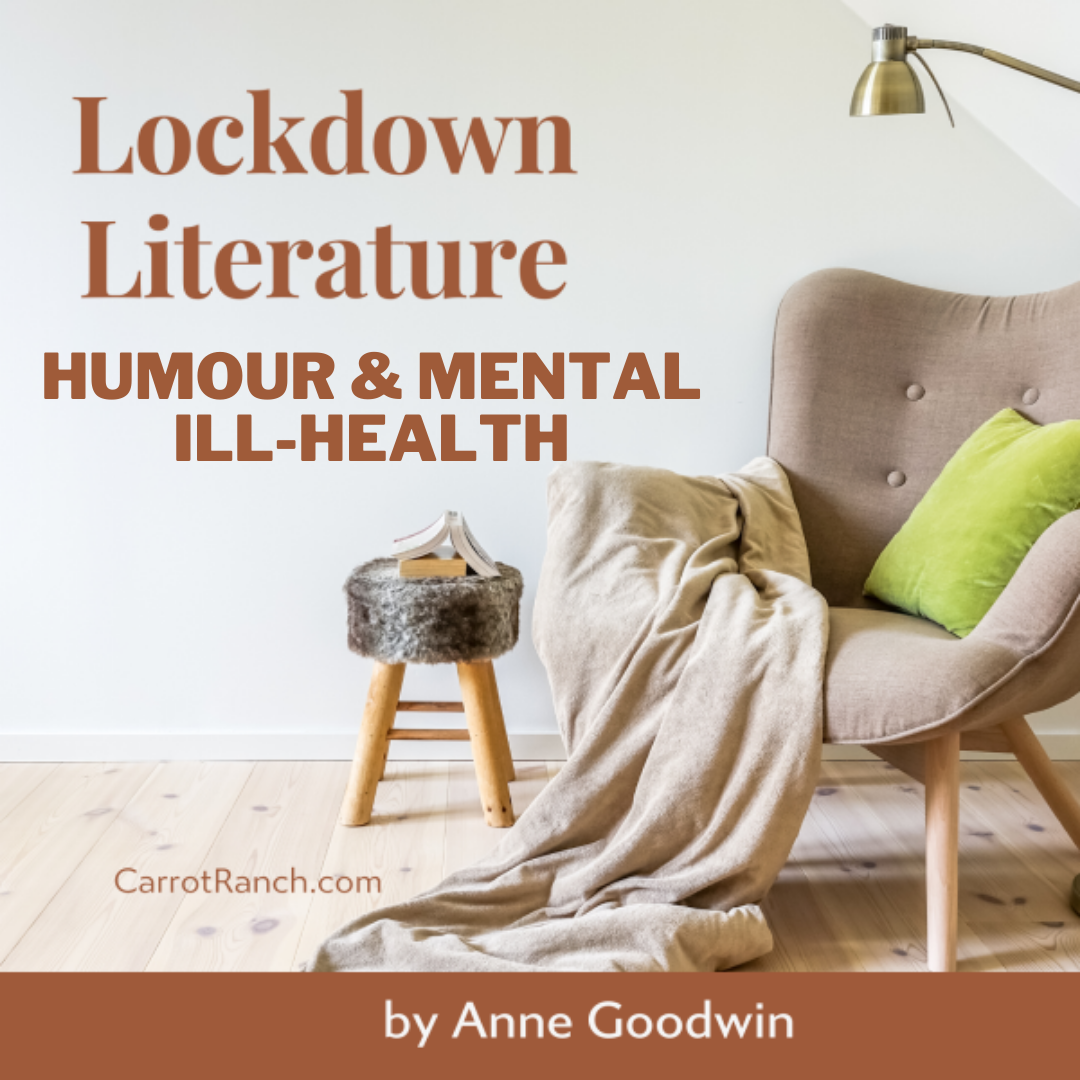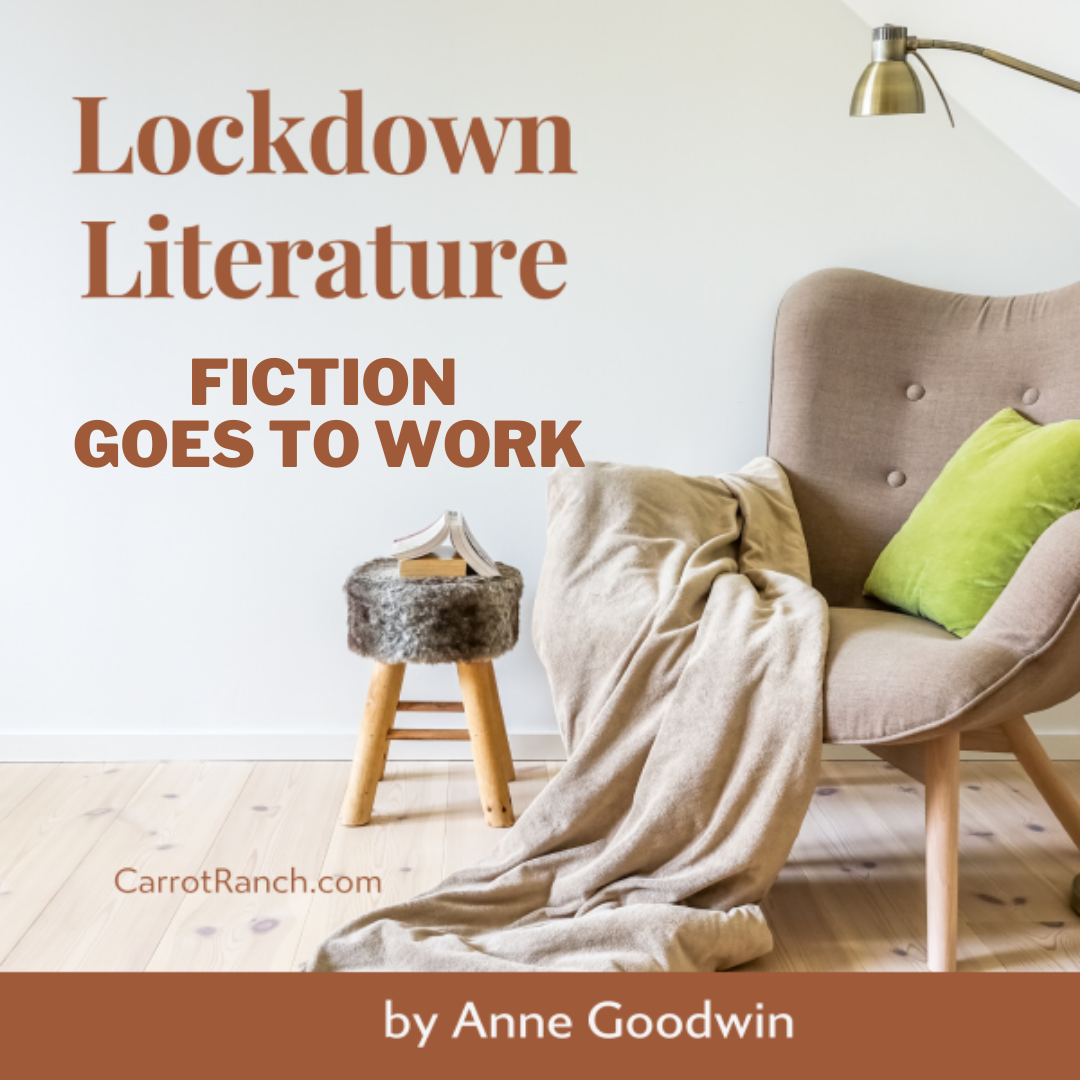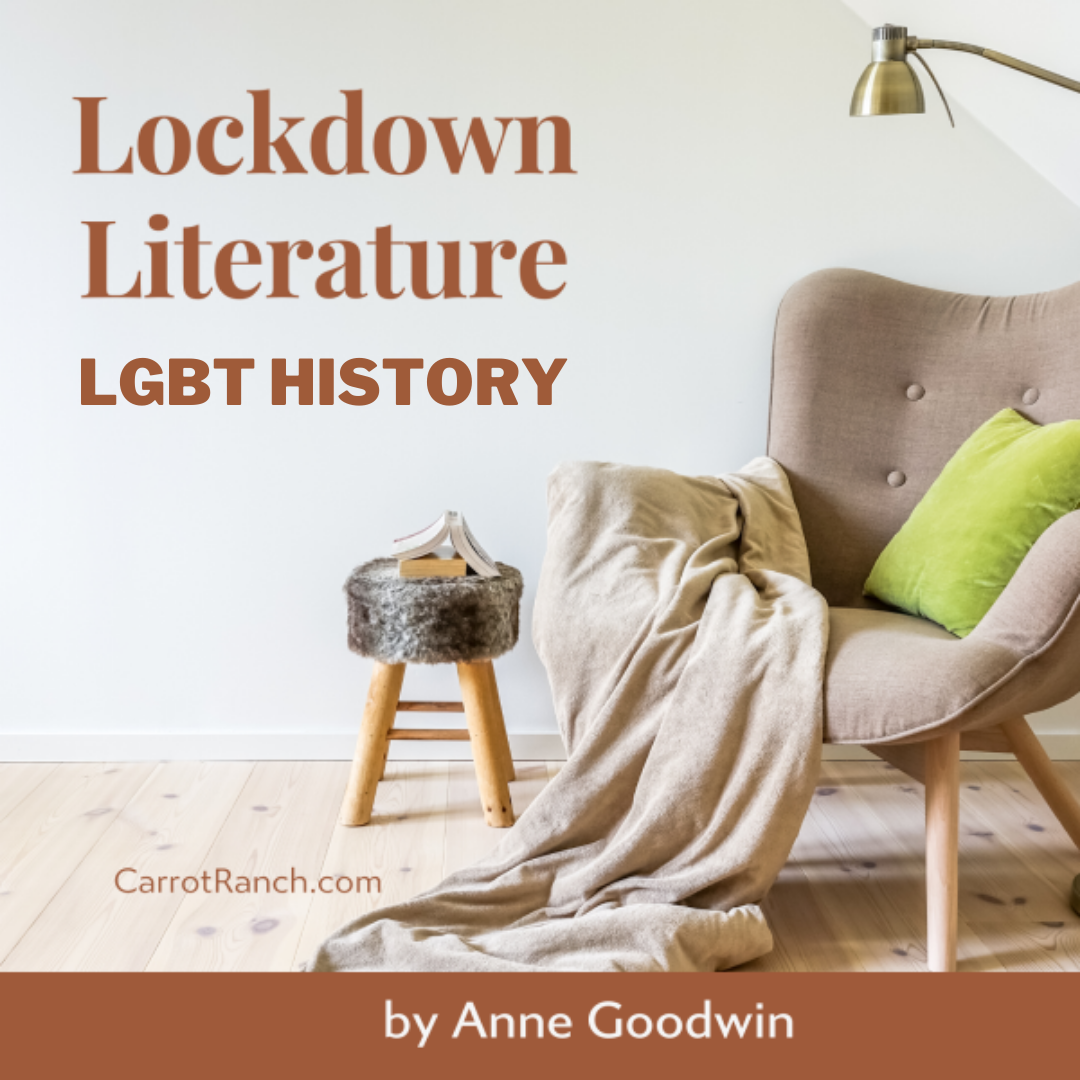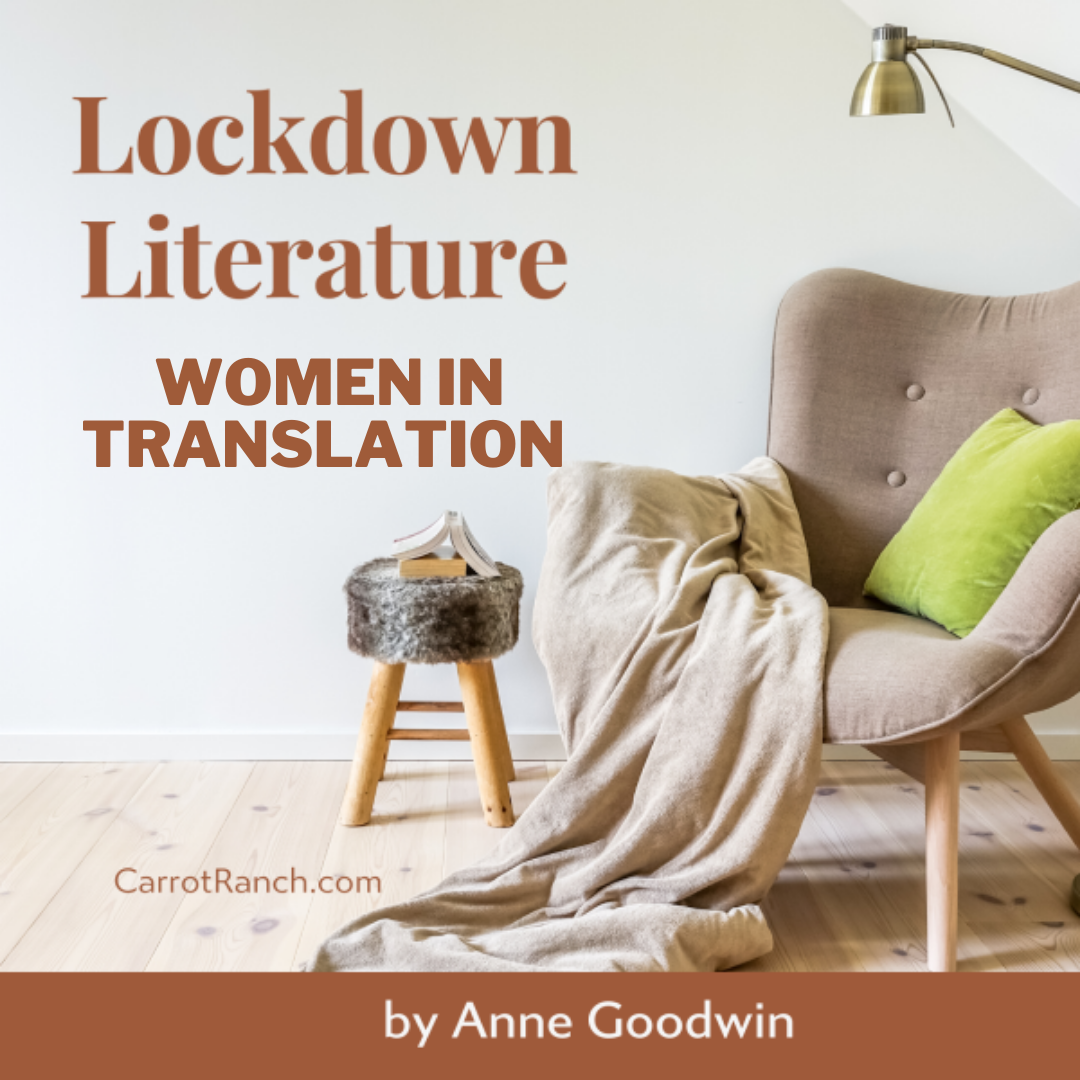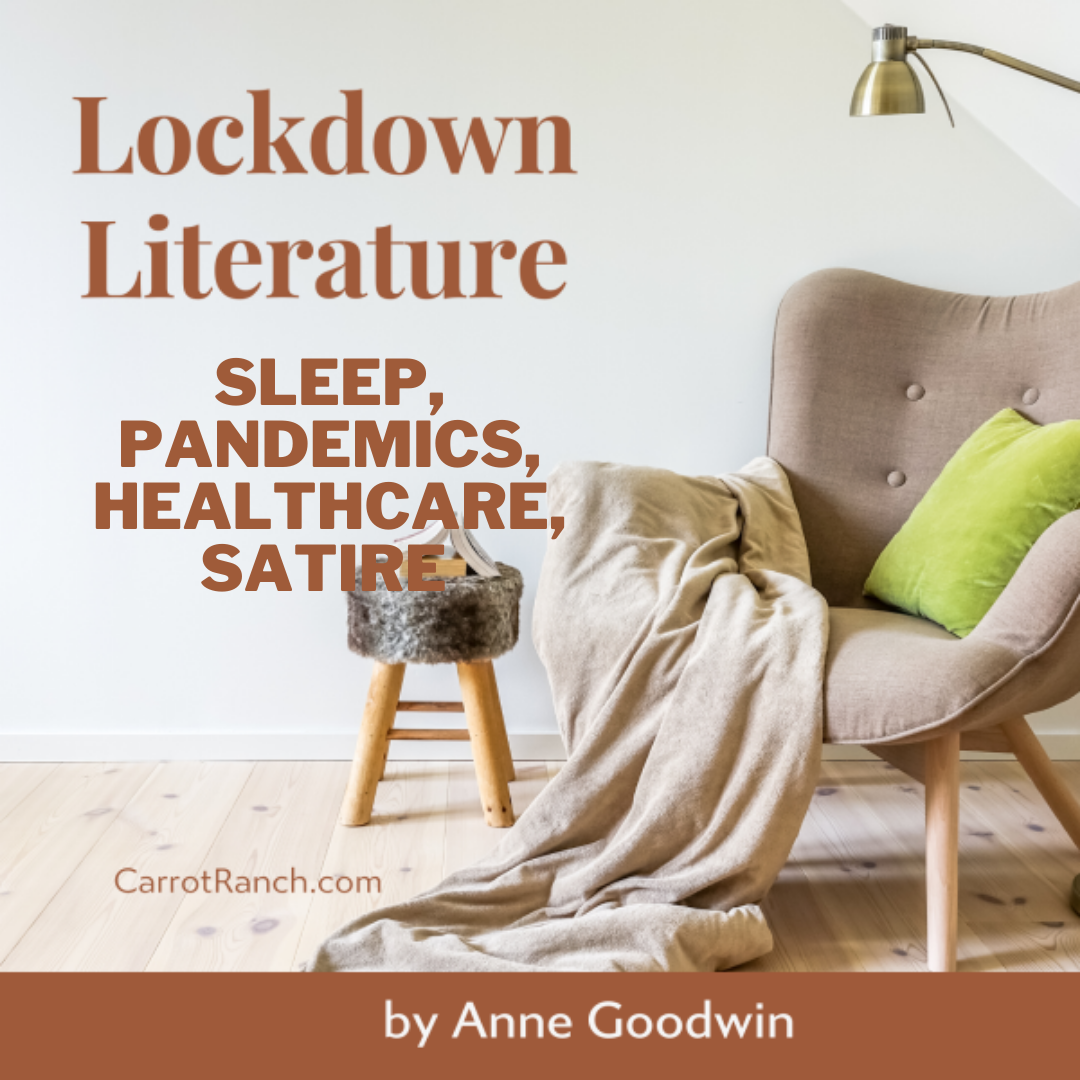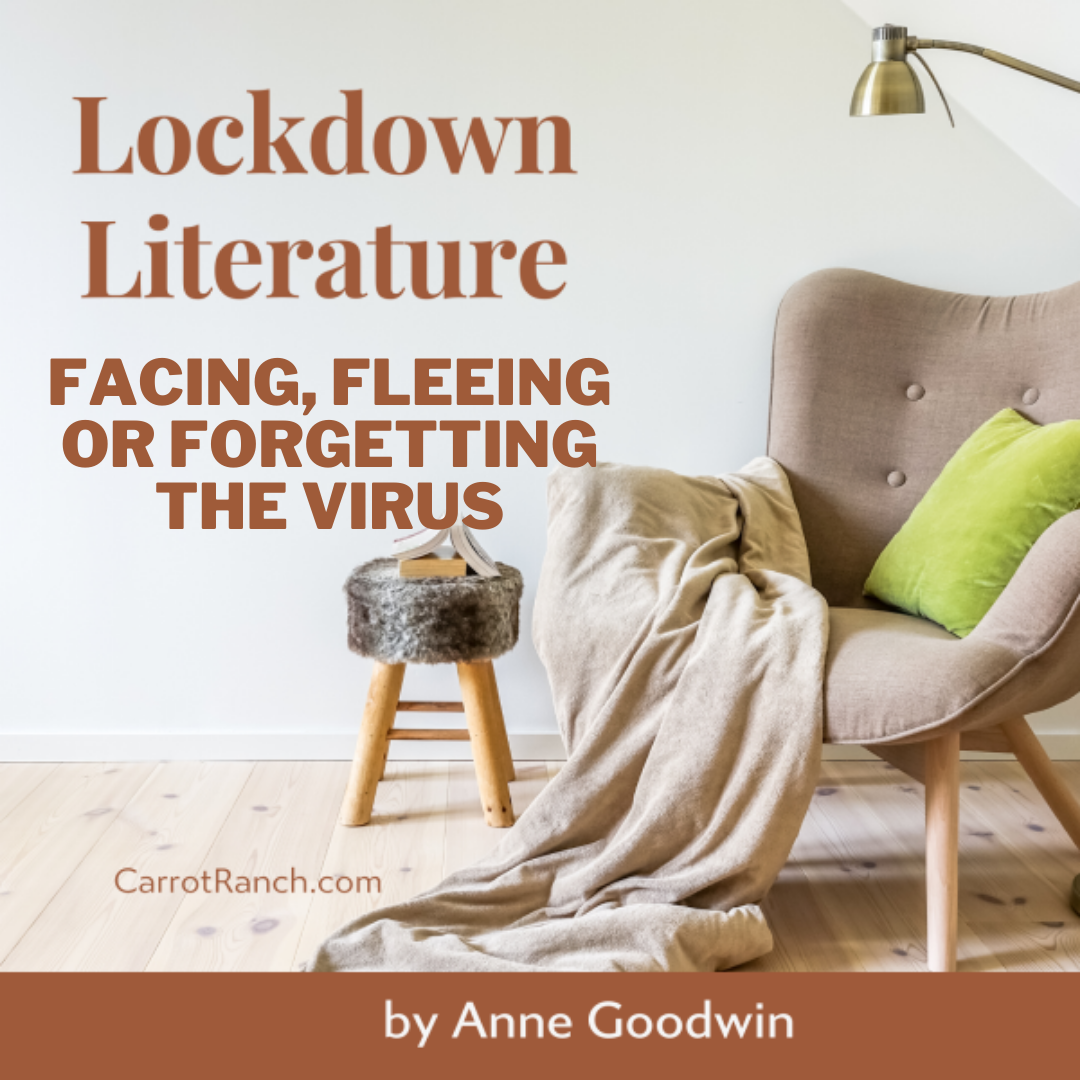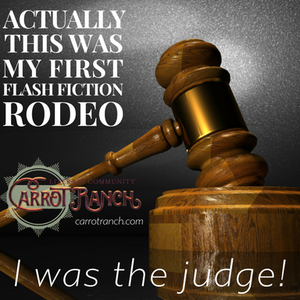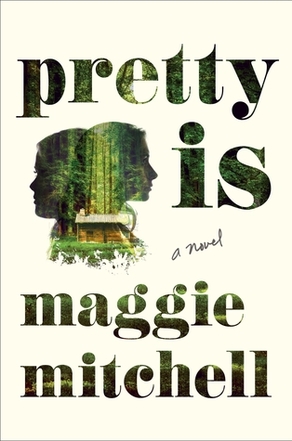
Decades later, they know they’re damaged by the experience, although unsure exactly how. Lois has become a university lecturer, specialising in nineteenth century English literature, with a secret side-line as a writer of popular fiction. Carly-May has reinvented herself as Chloe, an actor too pretty to be taken seriously, still hankering after a more intellectually challenging part.
The boundary between fact and fiction is further clouded by the appearance of Sean, the troubled student who mysteriously gets under Lois’s skin. When he seems to know far too much about her, she’s convinced he’s Zed’s son, intent on revenge. Yet instead of reporting his stalking behaviour to the police, Lois encourages him, using him as the inspiration for her second novel, a sequel to Deep in the Woods. Like Chloe, Lois thinks she is the one in control. Like Chloe, Lois is unaware of her own fatal flaw.
I enjoyed this psychological thriller exploring the complex repercussions of a disturbing, yet strangely gratifying, childhood experience. Although generally suspicious of novels about writers and writing, I found this one to work really well, illustrating the ambiguity of the events and the fickleness of memory, and raising questions about the relationship between fiction and life. While maintaining the page-turning momentum of a thriller, Pretty Is doesn’t compromise on the deeper psychological issues of ambivalent attachment, petty rivalries, celebrity and the legacy of a far-too-interesting childhood. Congratulations to Maggie Mitchell and my thanks to Orion books for my advance proof copy.
The setting, with the remote cabin in the forest, has echoes of Claire Fuller’s debut, Our Endless Numbered Days, which has just been awarded the Desmond Elliott prize. But I was also taken by the thematic parallels between Pretty Is and my own forthcoming debut, Sugar and Snails. Although a little older than the abducted girls when she has her own life-changing experience, my narrator, Diana, is similarly both attracted to and repulsed by the memory and, to quote the blurb, “can’t help scratching at her teenage decision like a scabbed wound”. Like Lois, she becomes an academic, hiding her secret past from colleagues while reliving it through her work (in Diana’s case via psychological research rather than fiction). Both characters are disturbed by a troubled student, although Megan is less threatening than Sean. On a more trivial level, both novels feature an irritating (to the narrators) minor character called Fiona. Although not a thriller, I hope readers will enjoy Sugar and Snails as much as I’ve enjoyed Pretty Is.

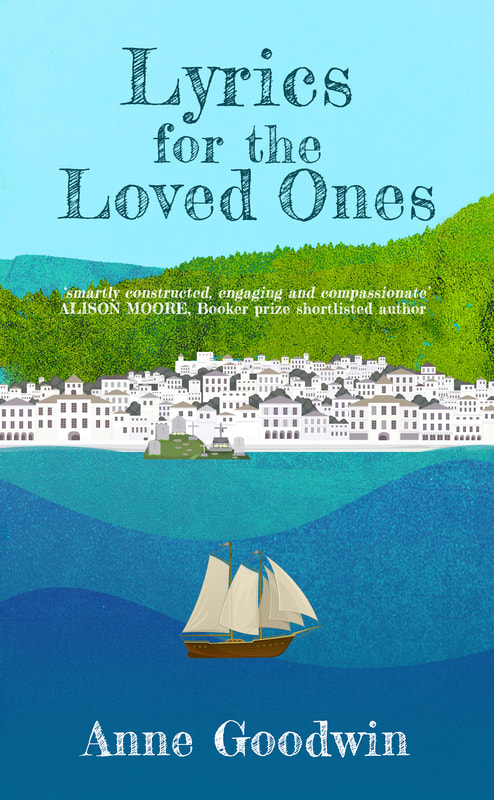
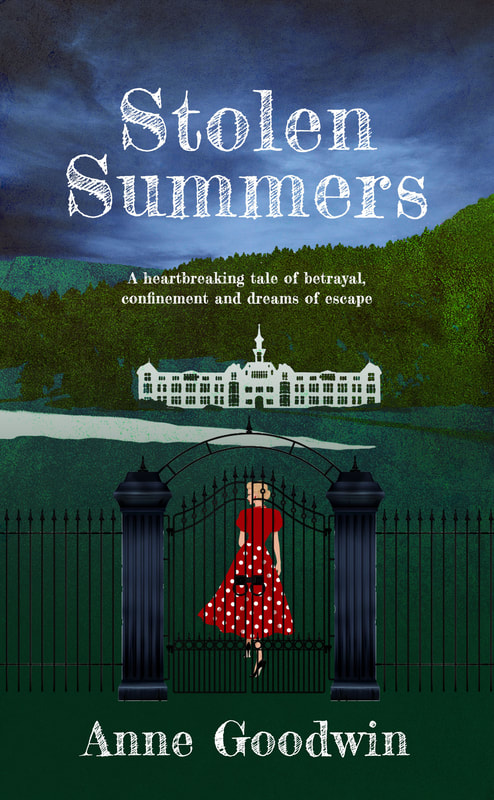




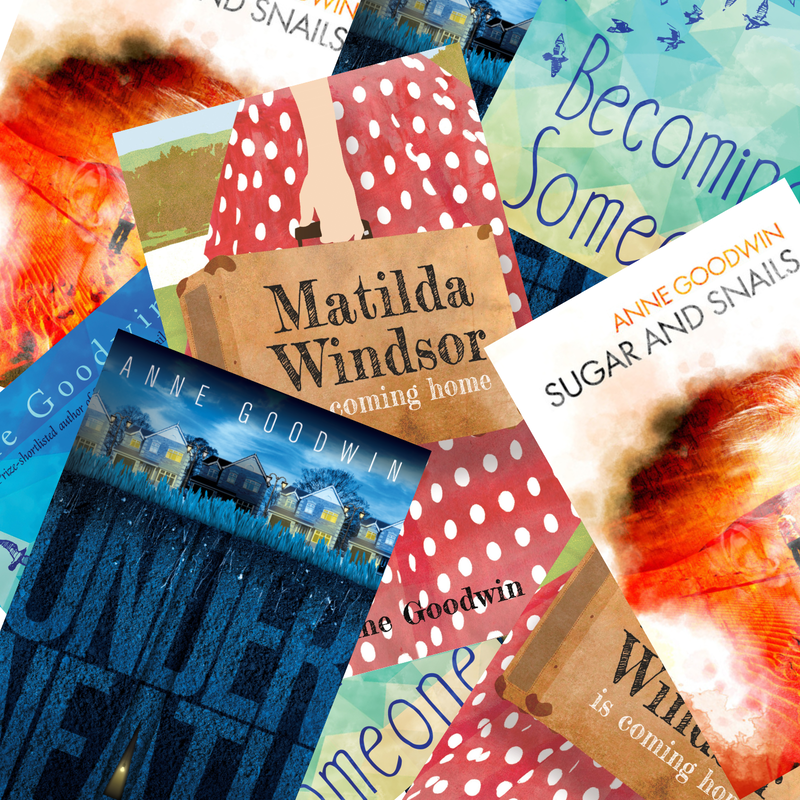
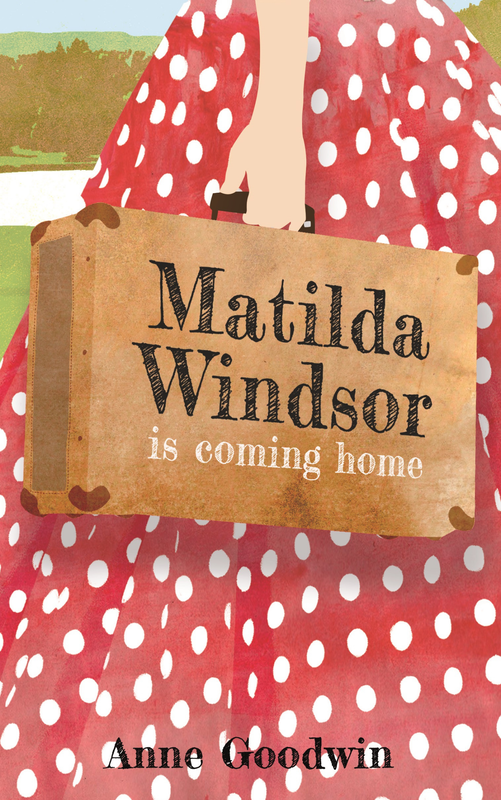
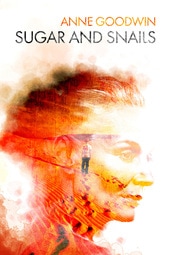

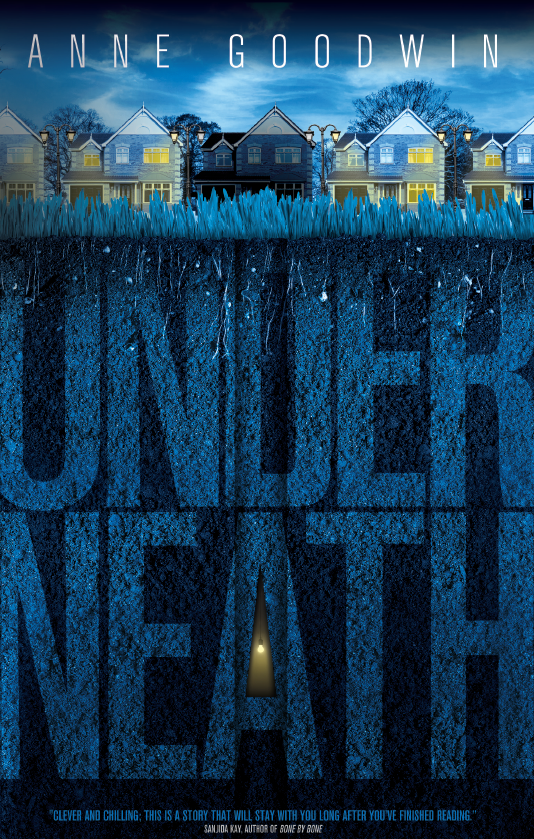
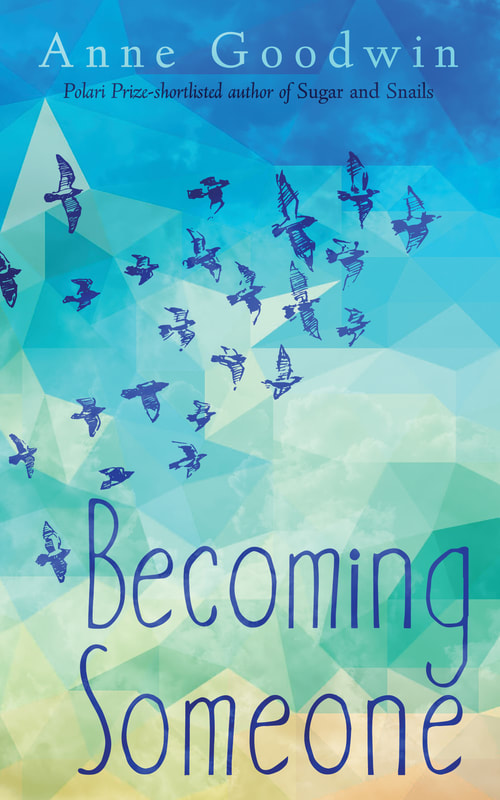






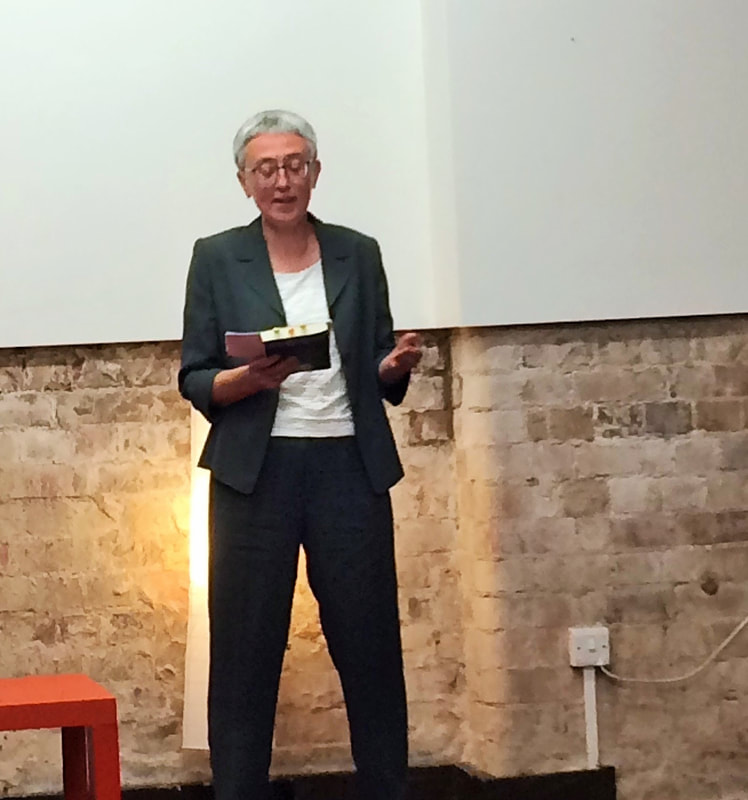

 RSS Feed
RSS Feed




